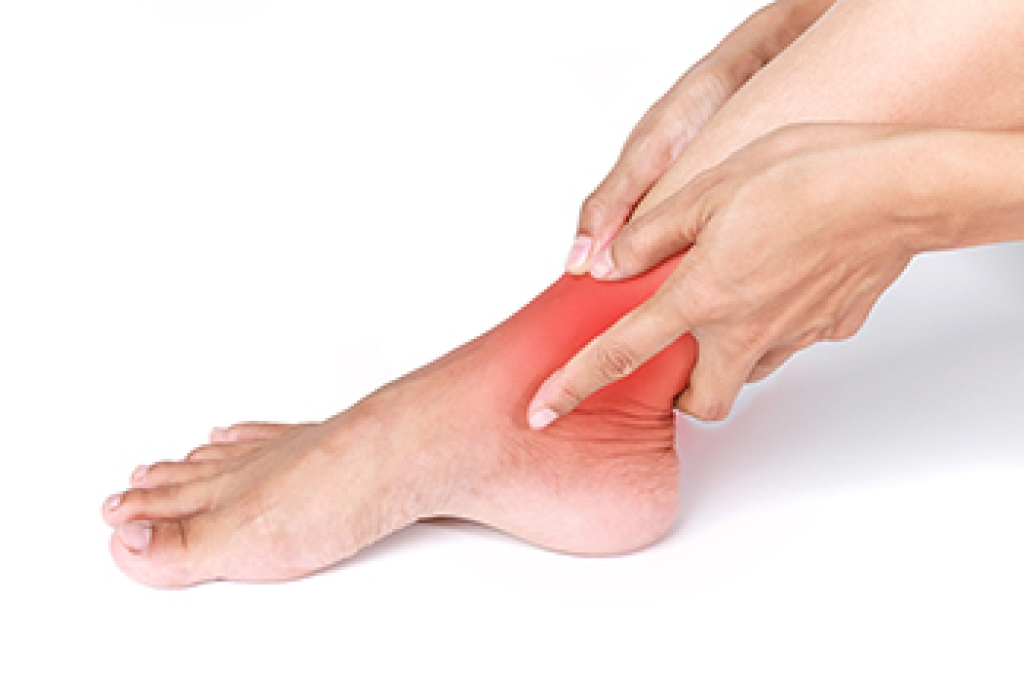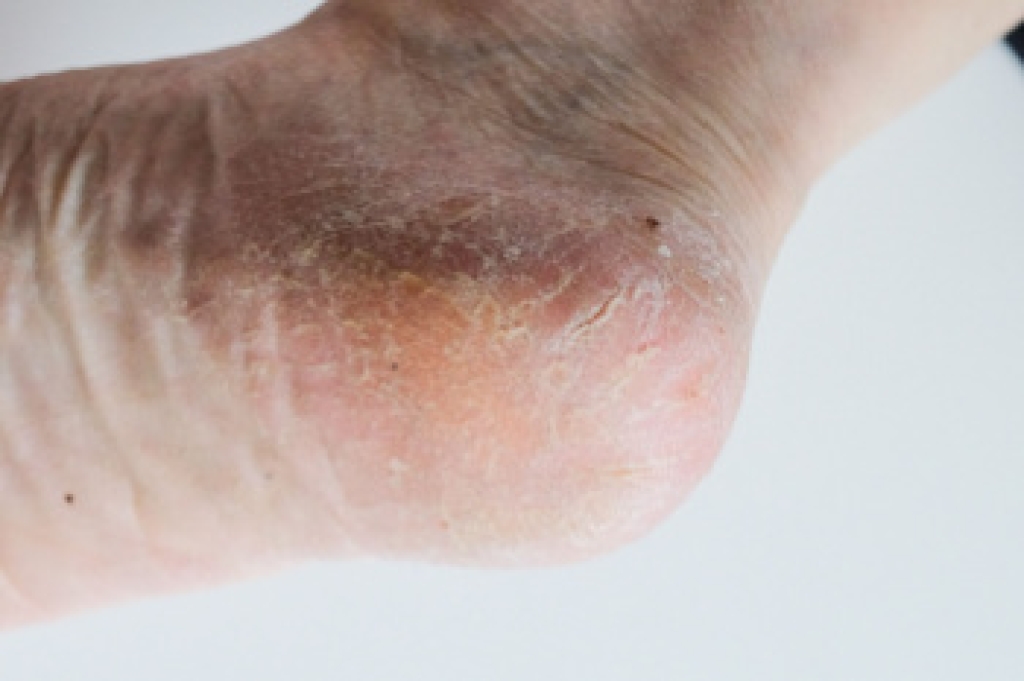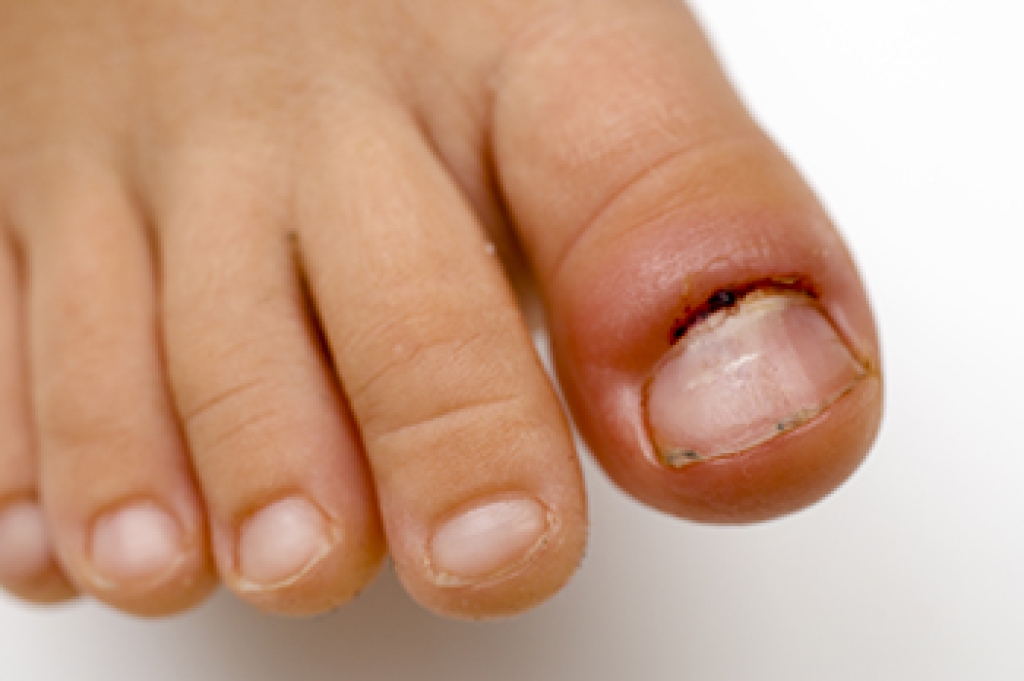
Pain in the front of the ankle can develop when bone spurs or inflamed soft tissue create pressure where the tibia and talus bones meet. This leads to a pinching feeling as the ankle bends upward while walking or climbing. Such pressure often increases after repeated sprains, frequent forward-leaning movements, or long-term strain from activities like soccer or dancing. People may notice discomfort when walking uphill, rising from a squat, or moving the ankle toward the shin. An X-ray can show bony growths that limit motion, while an MRI scan can reveal swelling or scarring in the front of the joint. A podiatrist can evaluate ankle alignment, review imaging, provide shoe inserts for added support, and discuss surgery when needed to remove spurs and improve mobility. If you have pain in the front of your ankle, it is suggested that you schedule an appointment with a podiatrist for a full exam and options for treatment.
Ankle pain can be caused by a number of problems and may be potentially serious. If you have ankle pain, consult with one of our podiatrists from Comprehensive Footcare Clinic - Hawaii. Our doctors will assess your condition and provide you with quality foot and ankle treatment.
Ankle pain is any condition that causes pain in the ankle. Due to the fact that the ankle consists of tendons, muscles, bones, and ligaments, ankle pain can come from a number of different conditions.
Causes
The most common causes of ankle pain include:
- Types of arthritis (rheumatoid, osteoarthritis, and gout)
- Ankle sprains
- Broken ankles
- Achilles tendonitis
- Achilles tendon rupture
- Stress fractures
- Bursitis
- Tarsal tunnel syndrome
- Plantar fasciitis
Symptoms
Symptoms of ankle injury vary based upon the condition. Pain may include general pain and discomfort, swelling, aching, redness, bruising, burning or stabbing sensations, and/or loss of sensation.
Diagnosis
Due to the wide variety of potential causes of ankle pain, podiatrists will utilize a number of different methods to properly diagnose ankle pain. This can include asking for personal and family medical histories and of any recent injuries. Further diagnosis may include sensation tests, a physical examination, and potentially x-rays or other imaging tests.
Treatment
Just as the range of causes varies widely, so do treatments. Some more common treatments are rest, ice packs, keeping pressure off the foot, orthotics and braces, medication for inflammation and pain, and surgery.
If you have any questions please feel free to contact our office located in Honolulu, HI . We offer the newest diagnostic tools and technology to treat your foot and ankle needs.




